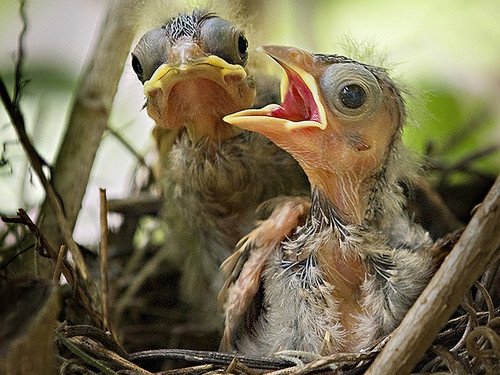If you’ve ever watched a bird walk or perch, you’ve likely noticed a curious behavior: they bob their heads. It’s often rhythmic, exaggerated, and sometimes downright funny to watch. But why do birds do this?
Bird head-bobbing isn’t just a quirky trait — it serves important purposes related to vision, communication, and survival. Let’s dive into the real reasons behind this fascinating behavior.
1. Head Bobbing Helps Birds See Clearly
The primary reason birds bob their heads is to stabilize their vision. Unlike humans, birds can’t move their eyes much within their sockets. So instead of scanning their environment by shifting their eyes, they move their heads.
By quickly pushing their heads forward and pausing, birds create brief moments when their heads are still — which helps produce a clear, stable image of their surroundings. This is especially useful when:
Walking on the ground (e.g., pigeons, chickens)
Spotting predators
Hunting for food
2. Communication and Social Signals
For many birds, head-bobbing is part of their social behavior. It can be used to communicate with other birds, express dominance, signal interest in a mate, or establish territory.
3. Balance and Body Coordination
Some birds use head movements to maintain balance as they move, especially species that hop or climb. The rhythmic bobbing may help coordinate their steps and keep them aware of their surroundings, especially in complex environments like trees, cliffs, or underbrush.
Final Thoughts
So, why do birds bob their heads? It’s a natural, multi-purpose behavior that helps them see, communicate, balance, and even express joy. While usually normal, always pay attention to changes in behavior that may signal a health concern.
Birds are incredibly complex creatures, and even the smallest motions serve important biological functions.
Learn More
To explore more about avian behavior, visit reputable bird care websites like petniq.com or talk to your local avian vet for guidance tailored to your pet bird.
